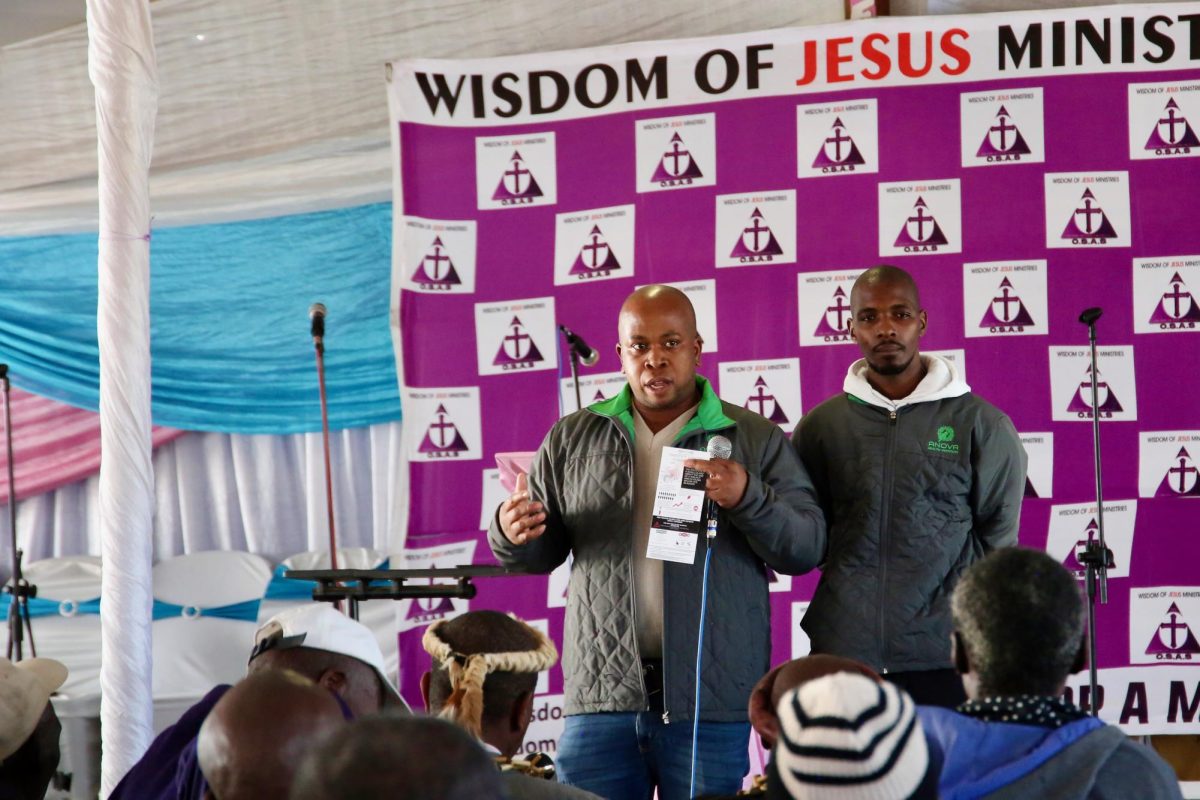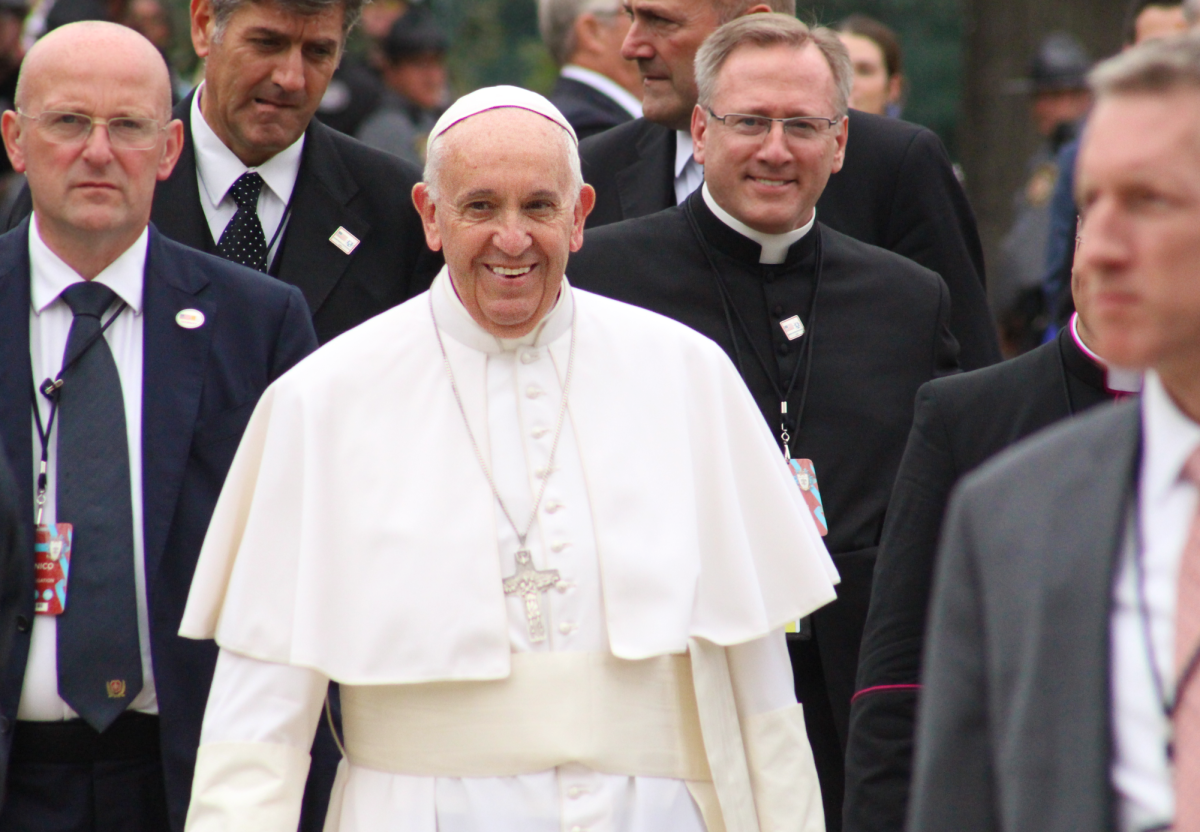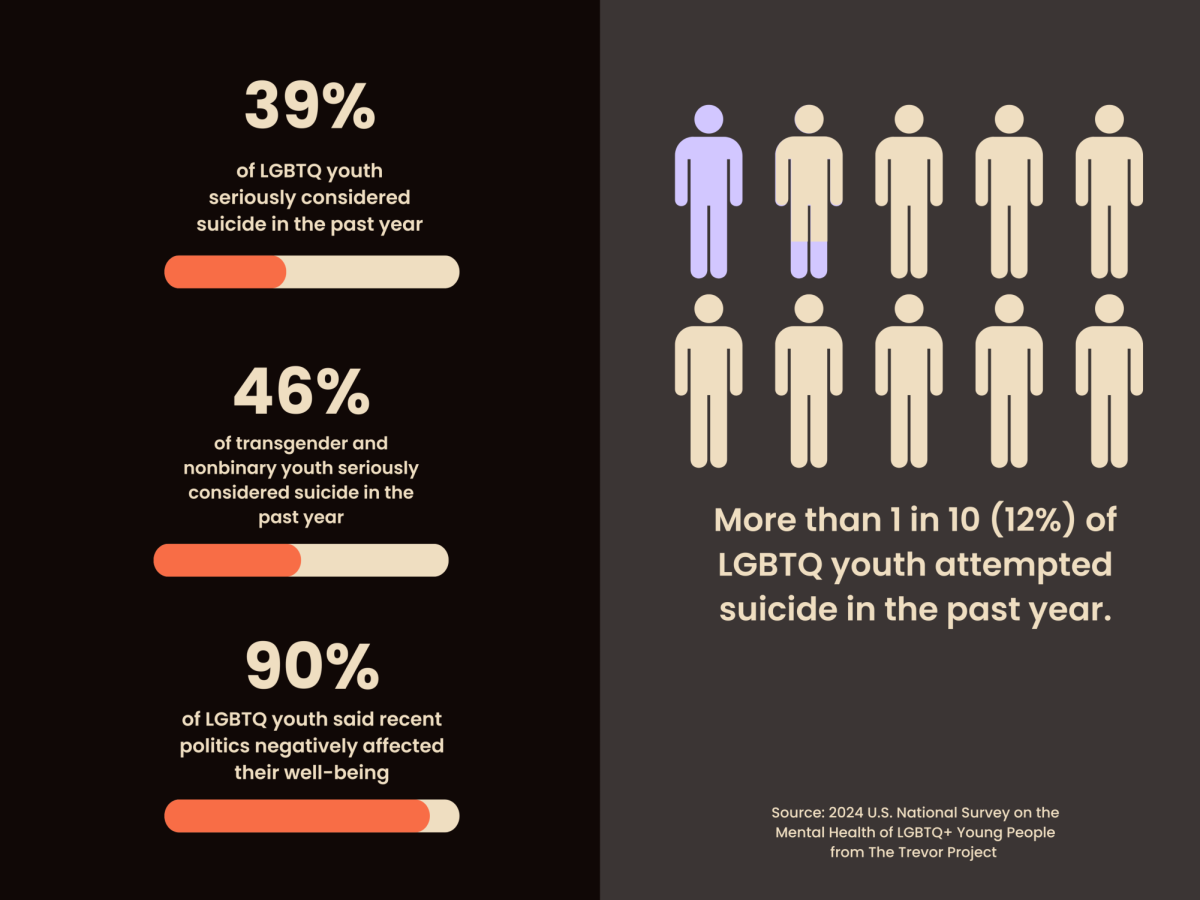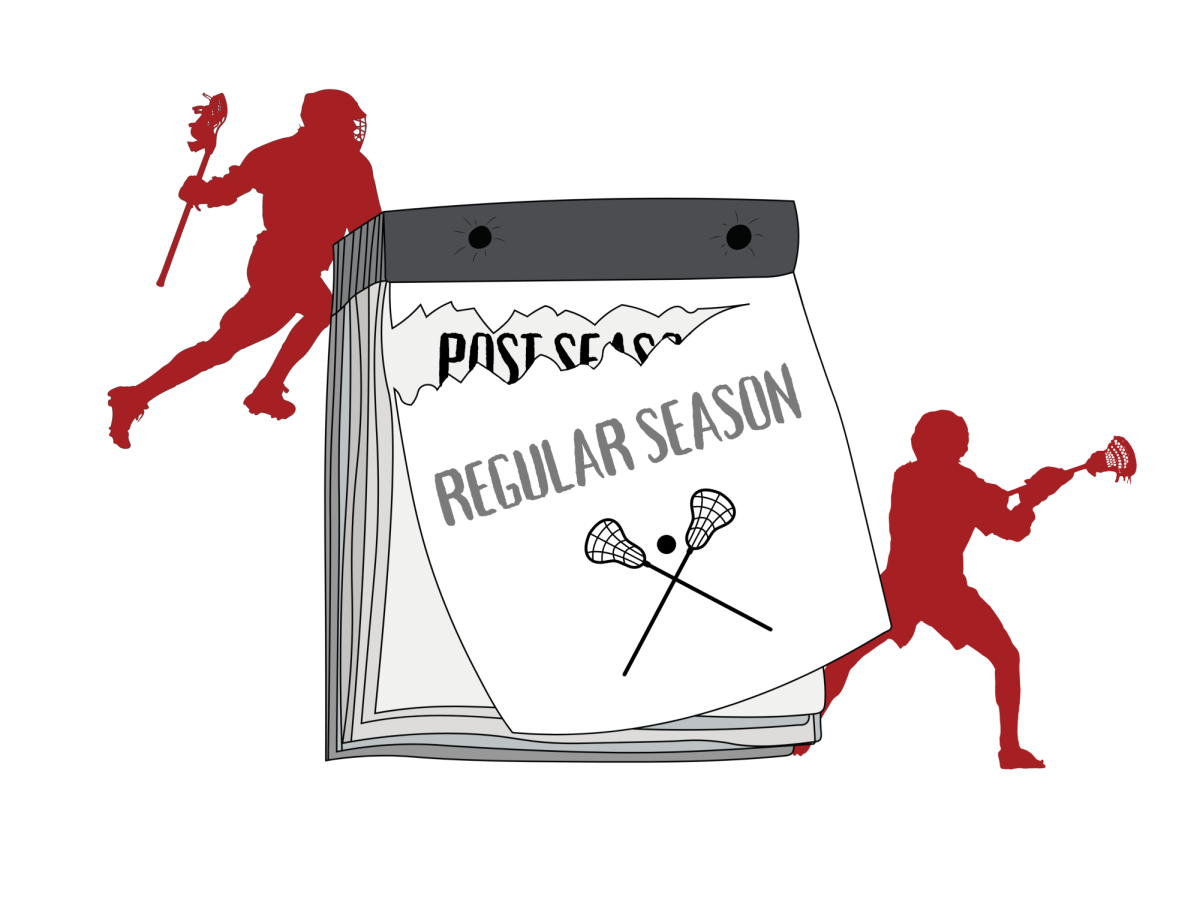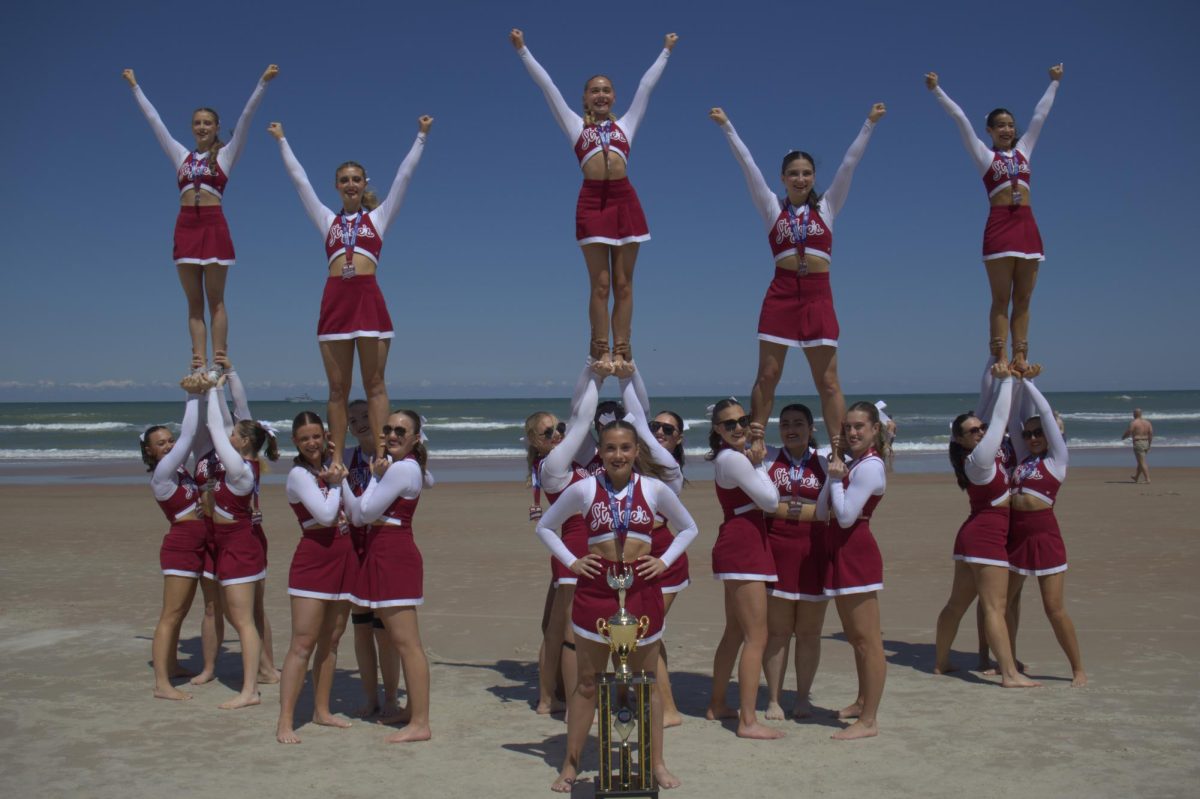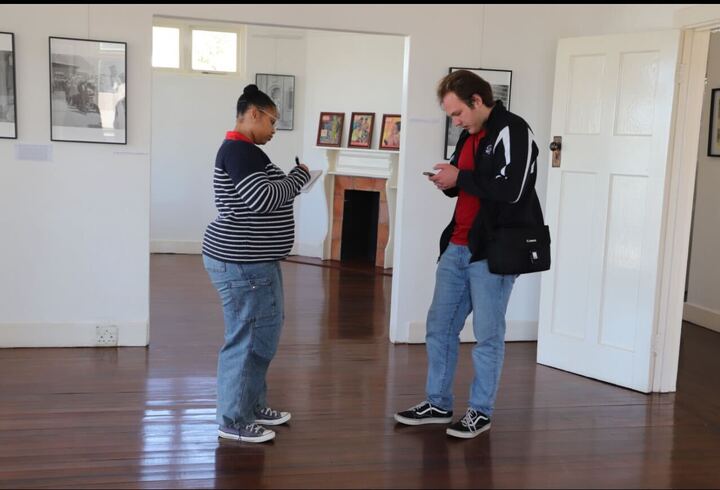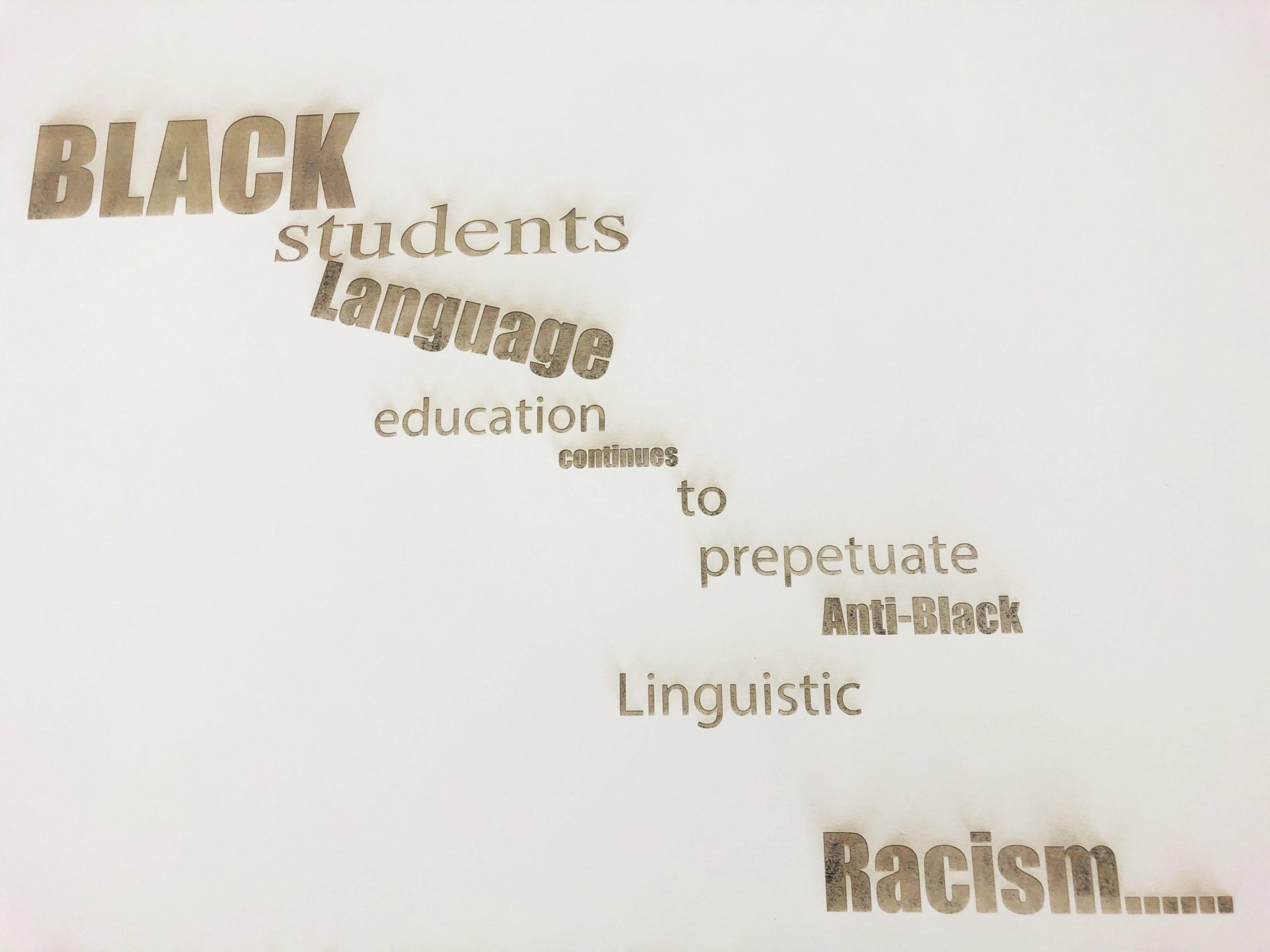Two collaborative projects that feature visual messages reflecting on and responding to issues of social justice will be featured in the university’s Feb. 25 Day of Dialogue line-up and on display in the Post Learning Commons (PLC).
Students in the Advanced Design class taught by Rachael L. Sullivan, Ph.D., professor of communication studies, collaborated with Natalie Walker Brown, director for Inclusion and Diversity Educational Achievement (IDEA), in the Office of Inclusion and Diversity (OID), to create a series of posters and social graphics with the theme, “What I Wish…” Students in 3D Studio Art taught by Steve Rossi, assistant professor of art, collaborated with students in the Tutor Practicum Writing Center Theory & Practice class taught by Jenny Spinner, Ph.D., professor of English, to create typographical art in response to discussions about race.
For Sullivan’s “What I Wish…” series, students, staff and faculty anonymously submitted quotes to the OID to share what they wish people knew about them. Sullivan’s students then utilized those quotes, which discussed everything from racism, disabilities, chronic illness and food insecurity, to execute advertisements for Day of Dialogue that are currently on display on the second floor of PLC.
Students also created social graphics that are posted on OIDs various social media accounts to increase student involvement in the Day of Dialogue.
Sullivan said the “What I Wish…” advertisements help promote a variety of student voices.
“It’s important to see that we still have different identities on campus even though we are a predominantly white institution,” Sullivan said. “It’s even more important that those voices get heard because they may not have had a space to be heard before.”
Advanced Design student Sierra Long ’21, said she did not feel alone on campus anymore after reading a lot of the quotes. Long said she is the only Black woman in her class, and she grew up in a single parent household where she took care of her family while also attending school full time and working.

“It is very important to share the stories of those who’ve been silenced or overlooked,” Long said. “Especially at an institution that is notorious for doing so not just on a student level, or even in the classroom, but also by the people in charge.”
Long was inspired by a quote that talked about the difference between people living in urban and suburban areas. The quote read, “Urban does not equate to Black & poor, just as suburban isn’t synonymous with white & privileged.”
“In some of the quotes, I knew that my peers did not understand, but I felt a very personal connection, not only because it’s something that I’ve experienced myself, but because I can physically put myself in those people’s shoes,” Long said. “I know what it’s like.”
Bella Cocozza ’21 said many of the quotes that students provided revolved around social justice issues like racism and exclusion on campus.
“On a campus like St. Joe’s where diversity isn’t necessarily embraced as well as it could be, this is a chance for that to happen,” Cocozza said. “Still, it’s dependent upon whether students will speak out, and if their voices are going to be heard and taken seriously by other community members.”
Cocozza said her design looks like a mosaic or stained glass because she thought it would correlate to St. Joe’s being a Catholic school. Cocozza said it’s an abstract way to relate to the St. Joe’s community while also giving the message of unity.
“My idea behind this was to do a short quote which was ‘we need to know we matter,’ that a student had submitted,” Cocozza said. “I wanted to use that to represent student voices and how different people and different perspectives will come together for the Day of Dialogue to make a difference, so I made the letters overlapping.”

Rossi’s and Spinner’s students focused on selections from Ijeoma Oluo’s book “So You Want to Talk About Race.” The art students in Rossi’s class partnered with the writers in Spinner’s class to highlight the importance of having tough and honest conversations about racial bias and racism. The project also forced students to have these conversations with each other, with their own class and with students they were partnered with in the other class.
“We had the students go through three or four bullet-pointed topics around their awareness of race,” Rossi said. “When they became aware of it and their own identities, along with the way that their identities mesh with their understanding of race, that became a chance for the students to talk about what their experience of race had been. Then to also sort of start thinking about ways that they have tried to learn, or ways they try to unlearn racial bias that they may not necessarily be aware of.”
Rossi said he came up with the idea for the project last summer after the killing of George Floyd, a Black man, by white Minneapolis police officers. Floyd’s murder sparked widespread demonstrations against racial injustice.
“I was trying to think about a way to create some engaging curriculum where students would be able to work through some of the racial bias issues that we are struggling with in this country,” Rossi said.
Spinner’s students took quotes from Olou’s book that they found meaningful and passed them off to the art students to interpret and creatively manipulate.
“It allowed the students to create their own interpretation of the text, but then also to potentially illustrate the writer’s intentions,” Rossi said.
Writing Center Tutor Connor Mignano ’23 said the project ensures that overlooked conversations about race and racism are moved to the front of the current dialogue surrounding these issues.
“The passage that I chose, it’s pretty long, but the gist of it was basically that there’s more to talking about racial issues than just the pain and oppression and injustice,” Mignano said. “[Olou] basically says that race is much more about cultural diversity. There is creativity like music, history and beauty.”
Art student Emmalee Festa ’21 said that her partner chose the quote “I’m still the only Black woman in the room,” and she was tasked with manipulating the quote in Adobe Illustrator.
“I’m aware of the privilege I grew up with, and that I may not have had the issue in the same capacity as a lot of people of color who might be the only person of color in a classroom and a social setting,” Festa said. “I wanted to portray that isolated feeling, but without speaking for other people.”
Festa’s partner from the Writing Center class, Tutor Madison Dalton ’23, said that an interdisciplinary project like this one is extremely important for students to take on, especially at a university like St. Joe’s.
“Oftentimes, [race is] the proverbial elephant in the room, and no one’s talking about it,” Dalton said. “For it to be brought to attention, we have to start talking about it. We have to do something about it, and St. Joe’s is doing no one any favors by ignoring it.”
Art student Asia-Meyon Smith ’21 used an asymmetric design to draw attention to the quote and wanted to grab the viewer’s attention. Smith said she hopes students are able to see that race is present in everything we see and do.
“This project is essential at SJU because it brings attention to the issue of race,” Smith said. “I’m currently a senior at the university and have seen improvements, however, there is still a long way to go. This project used art to draw students’ attention to the topic.”



